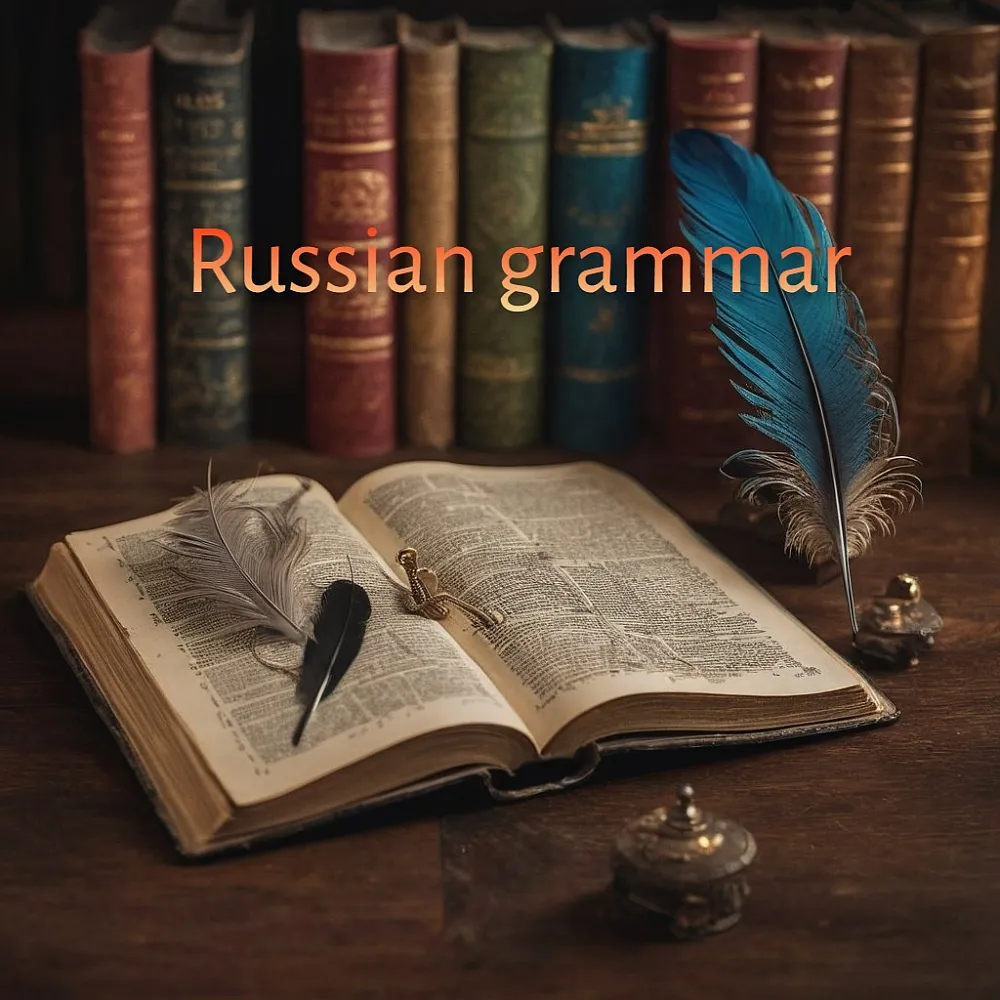
Russian grammar includes the following elements:
1. Nouns: Russian nouns decline for case, number, and gender. There are six cases: nominative, genitive, dative, accusative, instrumental, and prepositional.
2. Pronouns: Russian pronouns also decline for case, number, and gender. There are separate pronouns for each person and gender, as well as reflexive pronouns.
3. Verbs: Russian verbs conjugate for person, number, tense, aspect, mood, and voice. There are three tenses (past, present, future), two aspects (imperfective and perfective), and three moods (indicative, imperative, conditional).
4. Adjectives: Russian adjectives decline for case, number, and gender to match the noun they modify. They also have a short and long form depending on the gender and number of the noun.
5. Adverbs: Russian adverbs are used to modify verbs, adjectives, and other adverbs. They can be formed from adjectives by adding the suffix -о or -и.
6. Prepositions: Russian prepositions are used to indicate the relationships between nouns, pronouns, and other parts of the sentence. They govern different cases and can have a variety of meanings.
7. Syntax: Russian word order is relatively flexible due to its inflectional nature, but it generally follows a subject-verb-object pattern. However, word order can be rearranged for emphasis or stylistic reasons.
8. Punctuation: Russian uses many of the same punctuation marks as English, such as periods, commas, question marks, etc. However, there are some differences in their usage and placement within sentences.
1. Nouns: Russian nouns decline for case, number, and gender. There are six cases: nominative, genitive, dative, accusative, instrumental, and prepositional.
2. Pronouns: Russian pronouns also decline for case, number, and gender. There are separate pronouns for each person and gender, as well as reflexive pronouns.
3. Verbs: Russian verbs conjugate for person, number, tense, aspect, mood, and voice. There are three tenses (past, present, future), two aspects (imperfective and perfective), and three moods (indicative, imperative, conditional).
4. Adjectives: Russian adjectives decline for case, number, and gender to match the noun they modify. They also have a short and long form depending on the gender and number of the noun.
5. Adverbs: Russian adverbs are used to modify verbs, adjectives, and other adverbs. They can be formed from adjectives by adding the suffix -о or -и.
6. Prepositions: Russian prepositions are used to indicate the relationships between nouns, pronouns, and other parts of the sentence. They govern different cases and can have a variety of meanings.
7. Syntax: Russian word order is relatively flexible due to its inflectional nature, but it generally follows a subject-verb-object pattern. However, word order can be rearranged for emphasis or stylistic reasons.
8. Punctuation: Russian uses many of the same punctuation marks as English, such as periods, commas, question marks, etc. However, there are some differences in their usage and placement within sentences.
January, 17